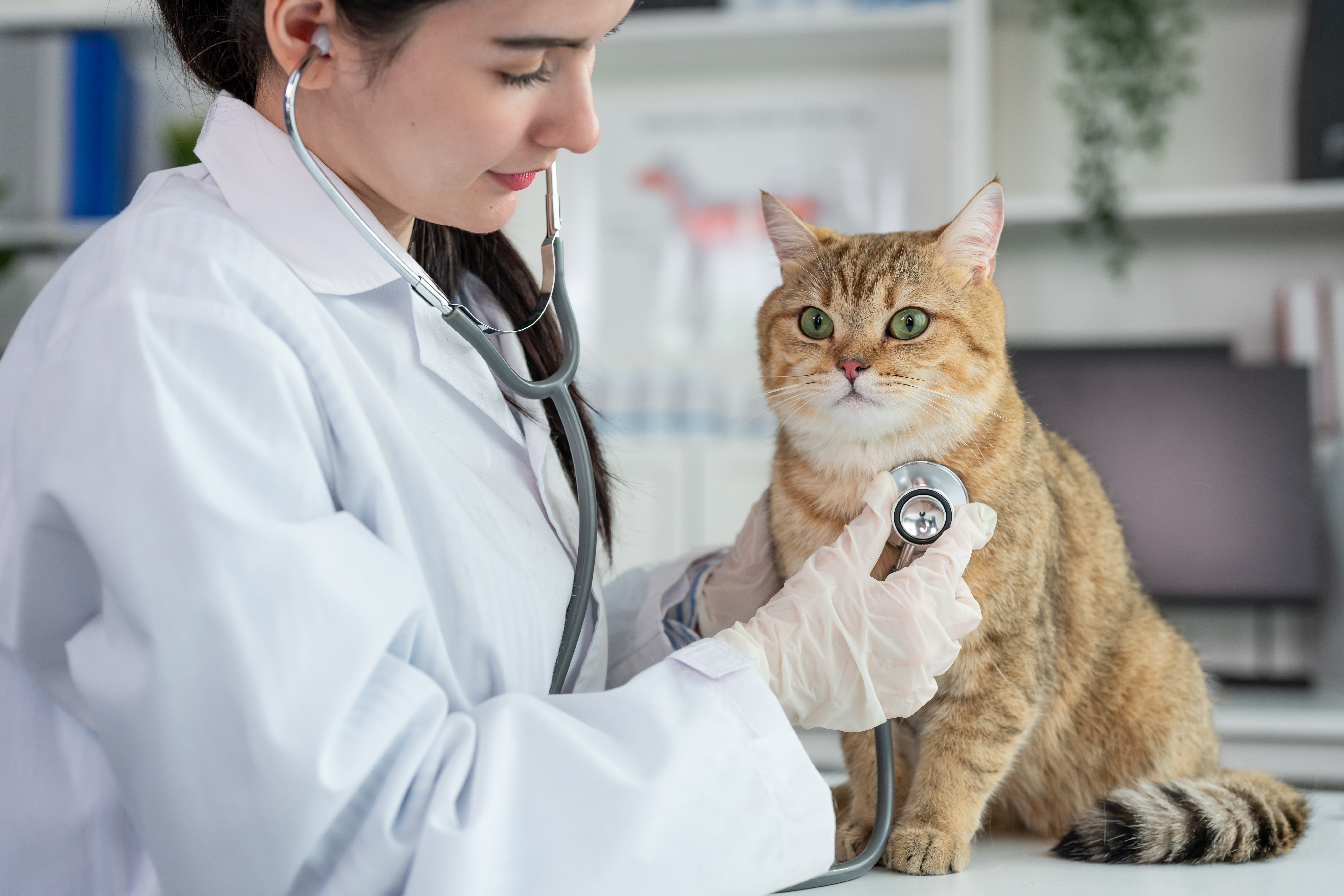
Nutritional Support for Gastrointestinal Function
Gastrointestinal (GI) disorders are prevalent in companion animals, often presenting with clinical signs such as vomiting, diarrhea, weight loss, and altered appetite. These manifestations can result from a variety of etiologies, including dietary indiscretion, infections, inflammatory conditions, neoplasia, or systemic diseases. A thorough understanding of the pathophysiology, diagnostic approaches, and management strategies is essential for effective veterinary care.
Pathophysiology and Common GI Disorders
The GI tract of dogs and cats is a complex system responsible for nutrient absorption, immune defense, and maintenance of the gut microbiome. Disruptions in these functions can lead to various disorders:
Acute Gastroenteritis
This condition often results from dietary indiscretion, infectious agents, or toxins, leading to inflammation of the stomach and intestines. Clinical signs include sudden onset vomiting and diarrhea, which may lead to dehydration and electrolyte imbalances if not promptly addressed.
Inflammatory Bowel Disease (IBD)
IBD is characterized by chronic inflammation of the GI tract, with lymphocytic-plasmacytic enteritis being the most common form in dogs and cats. The etiology is multifactorial, involving genetic predisposition, environmental factors, and dysregulation of the immune system. Clinical signs include chronic vomiting, diarrhea, weight loss, and variable appetite. Histopathological examination of intestinal biopsies is essential for a definitive diagnosis.
Exocrine Pancreatic Insufficiency (EPI)
EPI results from inadequate production of pancreatic enzymes, leading to maldigestion and nutrient malabsorption. In dogs, pancreatic acinar atrophy is the most common cause, particularly in German Shepherds and Rough Collies, where it is inherited as an autosomal recessive trait. In cats, chronic pancreatitis is the leading cause. Clinical signs include weight loss, polyphagia, diarrhea, and steatorrhea.
Gastrointestinal Neoplasia
Neoplastic conditions such as adenocarcinoma, lymphoma, and leiomyosarcoma can affect the GI tract of dogs and cats. These tumors are often biologically aggressive, leading to poor outcomes even with surgical and medical treatment. Clinical signs vary depending on tumor location and may include vomiting, diarrhea, weight loss, and anorexia. Diagnostic imaging and histopathological examination are essential for diagnosis and staging.
Diagnosis Approaches
A systematic diagnostic approach is vital for accurate identification and management of GI disorders:
1. Clinical History and Physical Examination
A thorough history should include the duration and progression of clinical signs, dietary habits, vaccination status, and potential exposure to toxins or infectious agents. Physical examination may reveal abdominal pain, distension, or the presence of masses.
2. Laboratory Diagnostics
Routine blood tests, including complete blood count (CBC) and serum biochemistry, can reveal anemia, electrolyte imbalances, or organ dysfunction. For example, hypoproteinemia and hypocholesterolemia may indicate protein-losing enteropathy. Fecal examinations are crucial for detecting parasitic infections such as Giardia or Toxocara species.
3. Imaging Studies
Abdominal radiography and ultrasonography assist in identifying structural abnormalities, masses, or foreign bodies. Ultrasonography is particularly useful for assessing intestinal wall thickness and layering, which can help differentiate between inflammatory and neoplastic conditions.
4. Endoscopy and Biopsy
Endoscopic examination allows direct visualization of the GI mucosa and facilitates targeted biopsies. Histopathological evaluation of these biopsies is essential for diagnosing conditions like IBD, neoplasia, or lymphangiectasia.
Dietary Management in Gastrointestinal disorders
Management of GI disorders requires a multifaceted approach tailored to the specific condition.
Implementing appropriate dietary modifications is a crucial part. For instance, hypoallergenic or novel protein diets may benefit patients with food-responsive enteropathies, while low-fat diets are recommended for those with pancreatitis. In cases of lymphangiectasia, a low-fat diet is essential to reduce lymphatic flow and protein loss.
Modulating the gut microbiome through probiotics and prebiotics can support intestinal health and enhance treatment outcomes. Specific strains of probiotics have been shown to benefit dogs and cats with certain GI conditions.
Microbiome Modulation & Nutritional Support
The gastrointestinal microbiome plays a critical role in maintaining intestinal health, immune function, and overall homeostasis in dogs and cats. Dysbiosis, characterized by an imbalance in the gut microbiota, is associated with various gastrointestinal disorders, including inflammatory bowel disease (IBD), chronic enteropathies, and antibiotic-responsive diarrhea. Strategies for microbiome modulation include the use of probiotics, prebiotics, synbiotics, and fecal microbiota transplantation (FMT) to restore microbial balance and enhance gut barrier integrity. Probiotics containing Lactobacillus, Bifidobacterium, and Enterococcus species have been studied for their beneficial effects in modulating inflammation and supporting intestinal function. Prebiotics such as fructooligosaccharides (FOS) and mannan-oligosaccharides (MOS) promote the growth of beneficial bacteria, improving microbial diversity.
Nutritional support is a cornerstone in the management of gastrointestinal disorders, as dietary modifications can directly influence the composition of the gut microbiome and intestinal function. For chronic GI conditions, highly digestible diets with balanced fiber content help optimize nutrient absorption and stool quality. Hydrolyzed or novel protein diets are indicated in cases of food-responsive enteropathies, whereas low-fat diets are beneficial for pancreatitis and lymphangiectasia. Omega-3 fatty acids are increasingly used in veterinary gastroenterology for their potential anti-inflammatory effects and ability to support intestinal barrier function. Emerging research continues to explore the role of diet and microbiome-targeted therapies in managing chronic enteropathies, emphasizing the need for an individualized approach based on the patient's specific condition and response to treatment.
